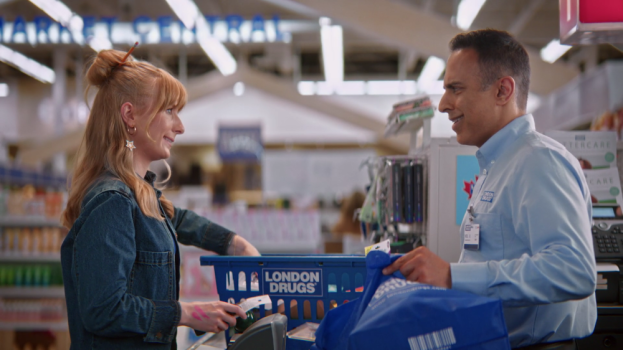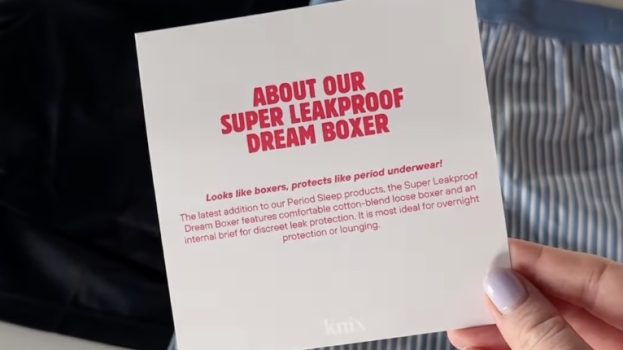Buying-and-selling marketplace Letgo has launched in Canada, and it’s trying to show how it can help get rid of the old stuff that gets in your way.
Letgo is a mobile-based secondhand buying and selling platform, which allows users to post listings simply by taking a photo of the item they wish to sell. From there, image recognition and AI capabilities auto-fill the posting information, like the title and product category. Geo-location ensures that listings are only shown to people nearby, and an in-app chat platform allows buyers and sellers to connect instantly, instead of waiting to correspond through email.
The Canadian launch has also come with the company’s first marketing push here.
Largely relying on creative by CP+B Miami developed for a U.S. campaign last year, the spots show people put into various dangerous positions – like evacuating a space station, skydiving without a free hand to pull the ripcord or hanging off a cliff – because of their reluctance to “let go” of objects that have some small degree of emotional significance to them. They’re then introduced to Letgo, which quickly puts them in touch with someone who takes their guitar amp, sewing machine or bowling ball off their hands and out of their tight spot.
[iframe_youtube video = “wzMd2mCz90g”]
In addition to its first Canadian TV buy, handled by Toronto’s M&K Media, Letgo has also set up Canada-specific social channels on Facebook, Instagram and Twitter, where it’s been sharing 15-second versions of the spots in addition to other content. North Strategic is providing public relations support.
Besides having a positive reaction to the creative in the U.S., Jon Lowe, head of communications for Letgo, says the company decided to adapt the creative here because many of the insights that informed the campaign when it launched in the U.S. applies to Canadian consumers as well.
“This is not a case where we’re introducing this concept for the first time and having to convince people to do it,” he says. “In Canada, people are open to buying and selling secondhand, but the process is associated with stress and hassle and frustration. Our challenge is that we have to show there’s a new option for them that’s an improvement over what they’re used to relying on.”
The main message of the campaign, Lowe says, is recognizing that everyone has a belonging they’re attached to (no matter how irrational their attachment may be). It also looks to show that those items do still have value, just not when they are sitting around and gathering dust, and a platform like Letgo can help them unlock that value by connecting them with people who can use them.
“Around the world, marketplace websites and apps have a very functional approach,” Lowe says. “But you’re not just talking about e-commerce, you’re talking about people buying and selling their own belongings, which has a huge amount of psychology to it. Our marketing is really tied into not just pushing the ease of use, but showing how when selling something is as simple as taking a picture, the barrier to letting something go and the emotional baggage becomes a lot smaller.”
The Letgo app soft-launched in Canada earlier this month and has become the top shopping app here on both iOS and Android.
The company’s own research has shown that 75% of Canadians have used a secondhand website or mobile app before, but 28% say they have difficulty finding what they are looking for and 25% say they can’t find a listing nearby. Three-quarters say it’s important for a buying-and-selling app to be simple and easy to use, and half say they want to be able to upload photos and a listing within seconds.
Lowe says Letgo’s major opportunity in Canada (more so than in other markets) is that there is a consumer desire for buying and selling secondhand, but that there’s been a lack of innovation and disruption in the space, which is leading to a growing frustration with the available platforms.
“You have these older, clunkier, far less mobile incumbents that have become complacent and haven’t innovated their offering to keep up with the times,” he says. “The idea of buying and selling secondhand is becoming associated with this labourous process and feels like a chore. We’re mobile-first, and we’re confident we can make that process just as easy as uploading a photo to Instagram or browsing your feed.”
























